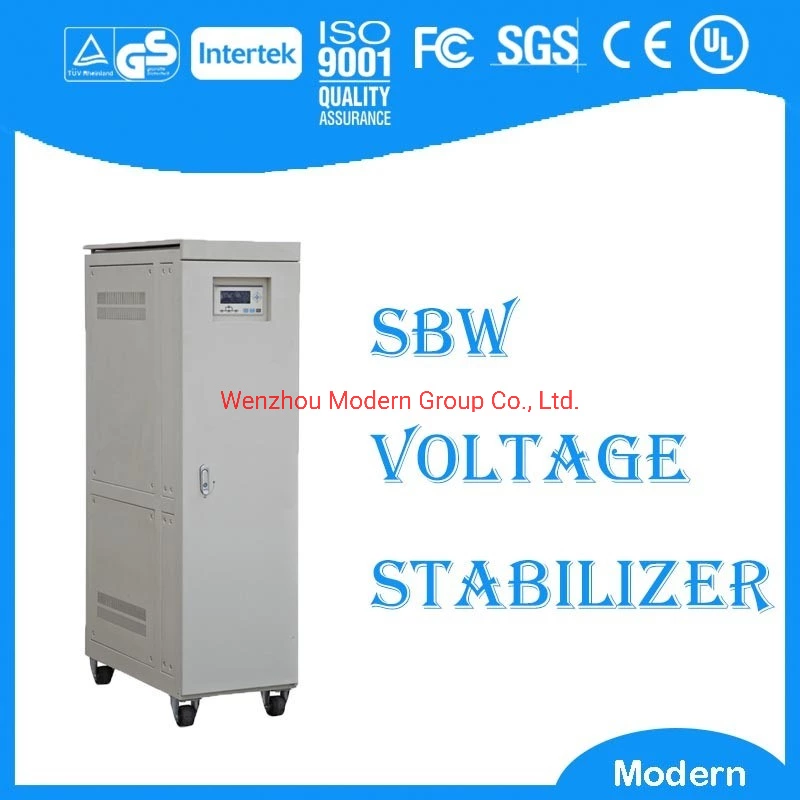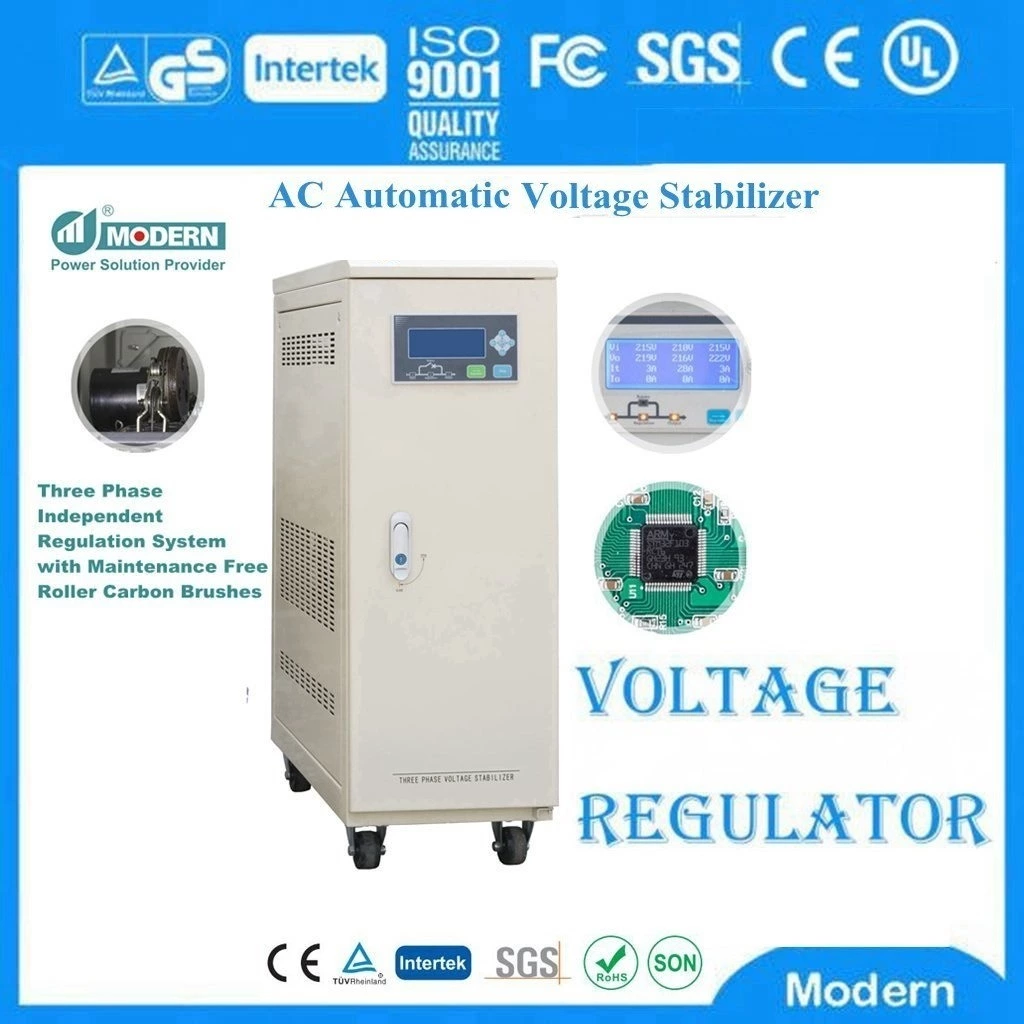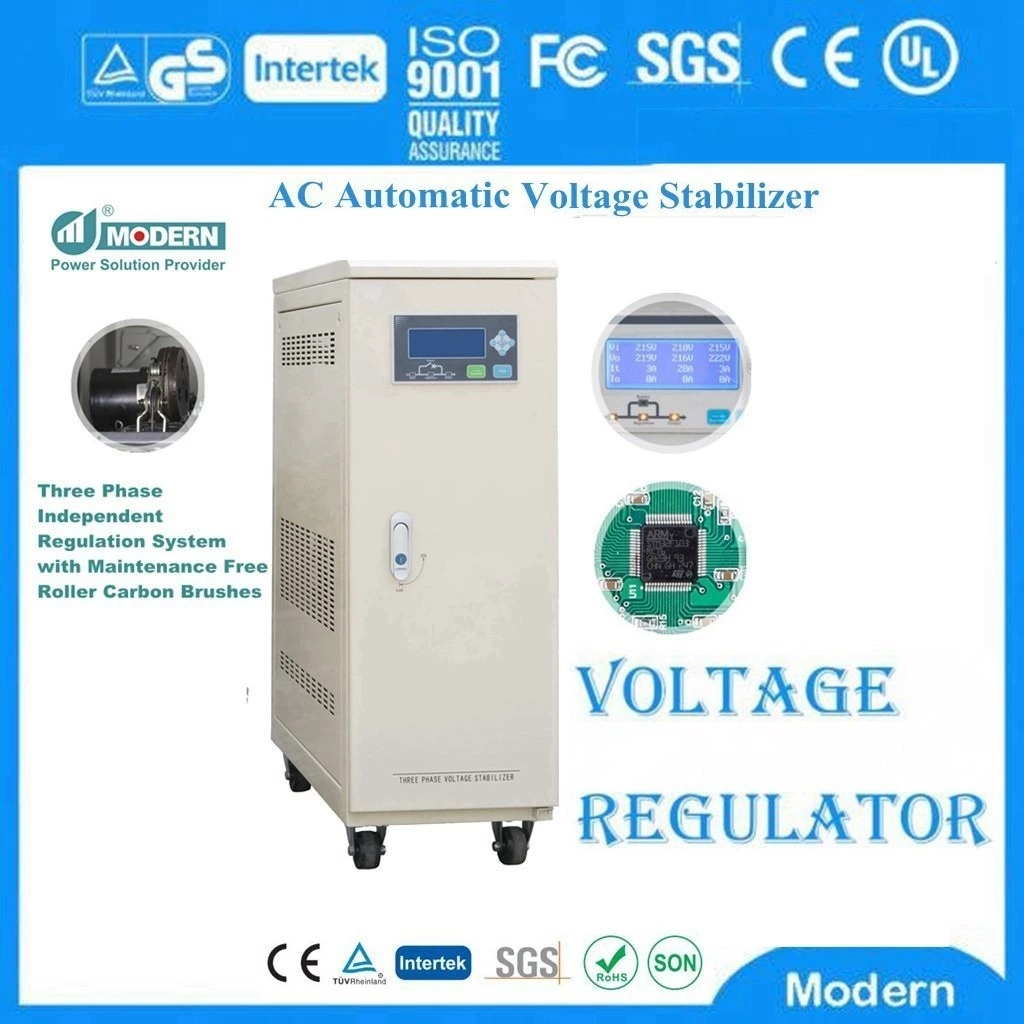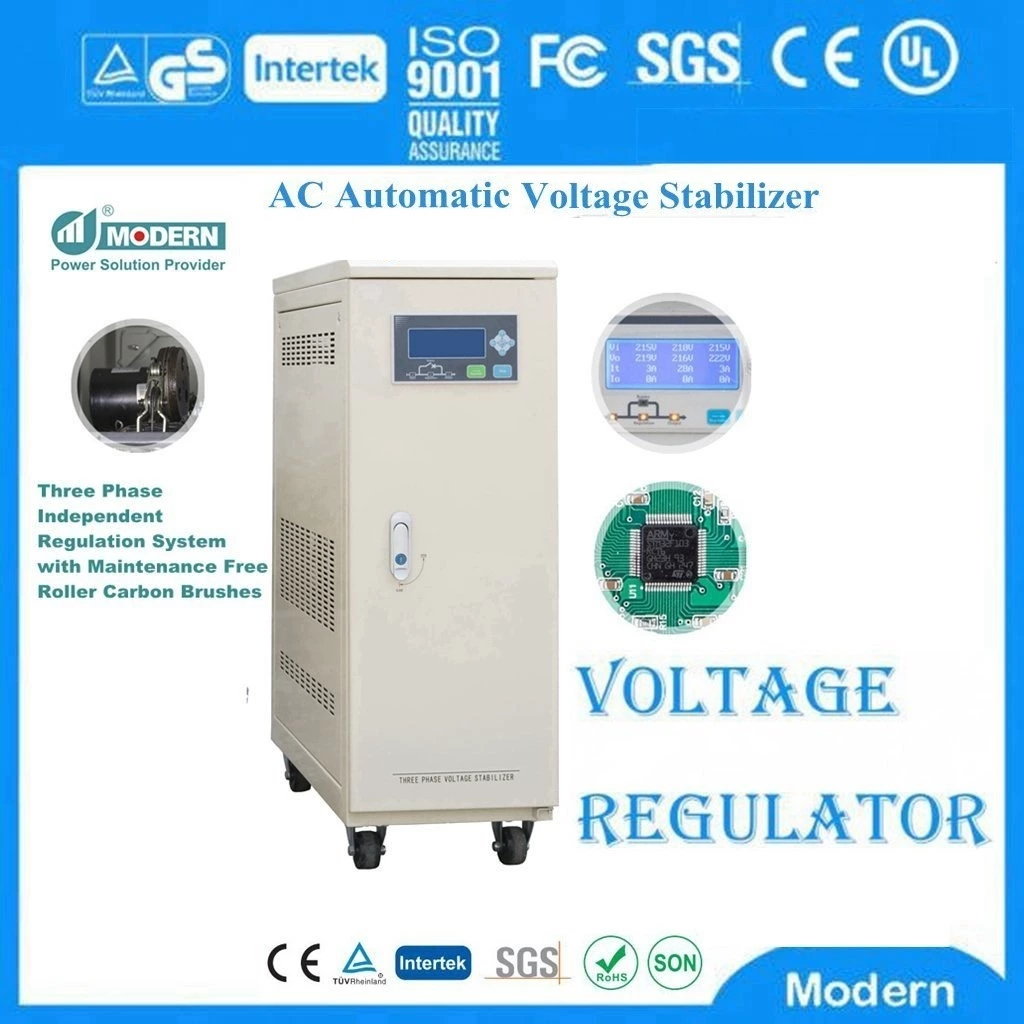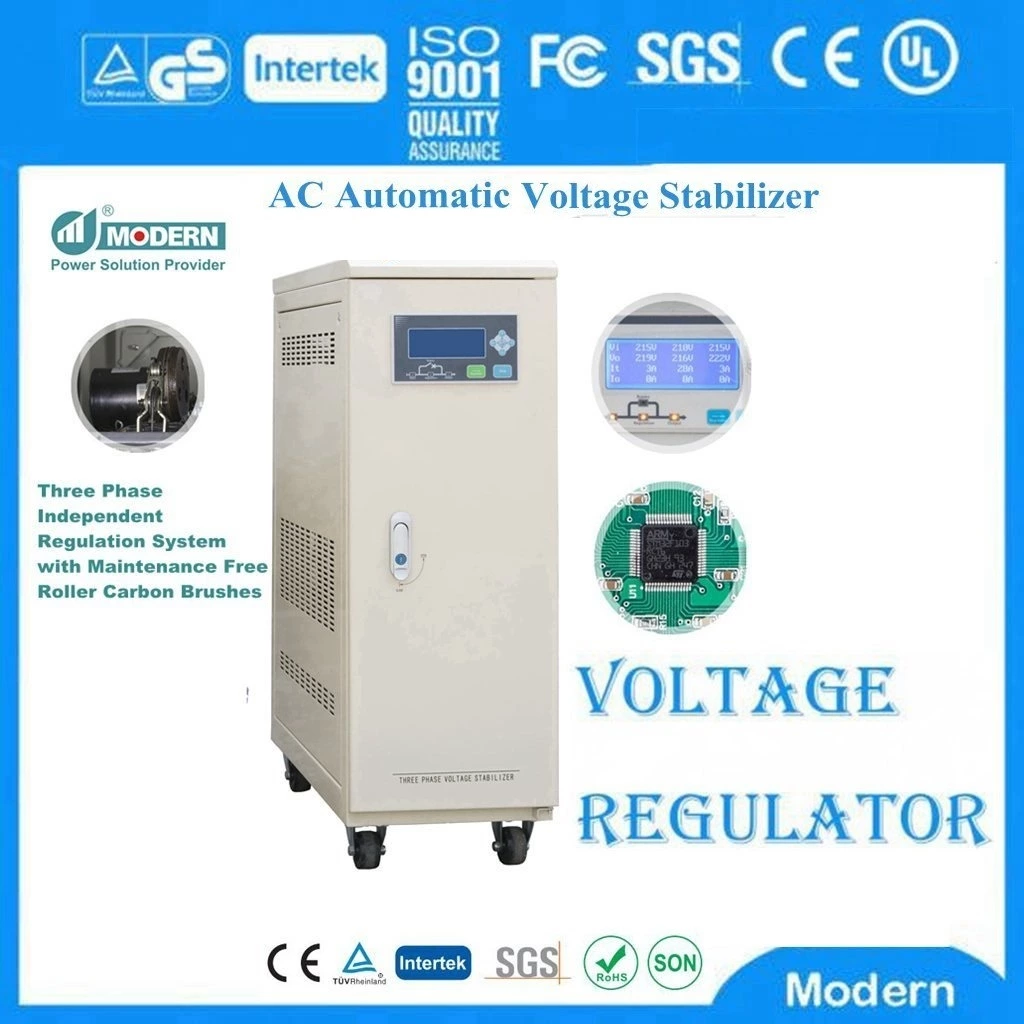Dry-type Transformer Model List And Parameter Table
There are many Dry Type Transformer models, each with its own specific parameters and applicable scenarios. The following is a brief introduction to some common dry-type transformer models and their parameters:
1. Common dry-type transformer models
SCB series
Model example: SCB10-1600KVA/10KV/0.4KV
Features: Epoxy resin cast dry-type transformer with high insulation performance and reliability.
Parameters:
S: Indicates three-phase transformer.
C: Indicates that the winding is a resin cast solid.
B: Indicates foil winding.
1600KVA: Indicates rated capacity.
10KV: Indicates primary rated voltage.
0.4KV: Indicates secondary rated voltage.
SC12 series
Model example: SC12-4000/35
Features: Applicable to various power systems, with high performance and reliability.
Parameters:
4000: Indicates rated capacity (KVA).
35: Indicates the primary rated voltage (KV).
SC14 Series
Model Example: SC14-5000/35/10.5
Features: Similar to the SC12 Series, but may have different design and performance characteristics.
Parameters:
5000: Indicates the rated capacity (KVA).
35/10.5: Indicates the primary rated voltage (KV), and may have multiple voltage level options.
SC18 Series
Model Example: SC18-10000/35
Features: Also suitable for various power systems, may have higher rated capacity and performance.
Parameters:
10000: Indicates the rated capacity (KVA).
35: Indicates the primary rated voltage (KV).
SGB Series
Model Example: SGB10 Non-encapsulated H-insulated Dry-Type Transformer
Features: Open non-encapsulated dry-type transformer with good heat dissipation performance and flexibility.
Parameters: Specific parameters vary from model to model, but usually include rated capacity, rated voltage, etc.
SCBH series
Model example: SCBH15 amorphous alloy dry-type transformer
Features: Made of amorphous alloy material, it has low iron loss and high energy efficiency, suitable for occasions where energy saving is required.
Parameters: Specific parameters vary from model to model, but usually include rated capacity, rated voltage, etc.
2. Dry-type transformer parameter table
Since there are many models of dry-type transformers, and the parameters of each model may vary due to different designs, manufacturing and use environments, it is impossible to provide a universal parameter table. However, the following are some common dry-type transformer parameters and their meanings:
Rated capacity: The apparent power (KVA or MVA) that the transformer can output under rated conditions.
Rated voltage: The rated voltage (KV) of the primary and secondary sides of the transformer.
Rated current: The current (A) that the transformer can output under rated conditions.
Short-circuit impedance: Indicates the impedance in the winding when the transformer is short-circuited (%).
Connection group number: Indicates the connection method of the transformer winding, such as Dyn11, etc.
Rated frequency: The rated operating frequency (Hz) designed for the transformer, usually 50Hz or 60Hz.
Insulation heat resistance grade: Indicates the heat resistance grade of the transformer winding and insulation material, such as A, E, B, F, H, etc.
Loss: Including no-load loss and load loss, indicating the energy loss of the transformer under no-load and load conditions (W).
Efficiency: Indicates the efficiency of the transformer in the energy conversion process (%).
Please note that the above parameters are only examples, and not all dry-type transformers include these parameters. In actual applications, the parameters of the transformer should be determined according to the specific model and the technical data provided by the manufacturer.
In addition, for a specific model of dry-type transformer, it is recommended to consult the technical manual provided by the manufacturer or contact the manufacturer for detailed parameter information and technical support.
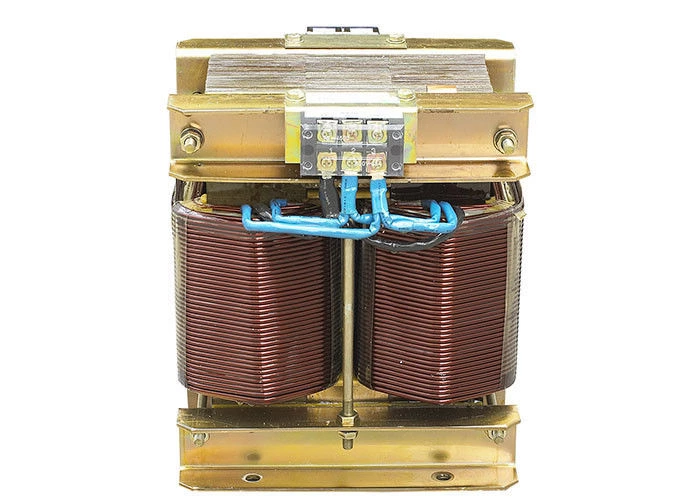
 Русский
Русский
 Français
Français
 Português
Português
 Español
Español
 اللغة العربية
اللغة العربية
